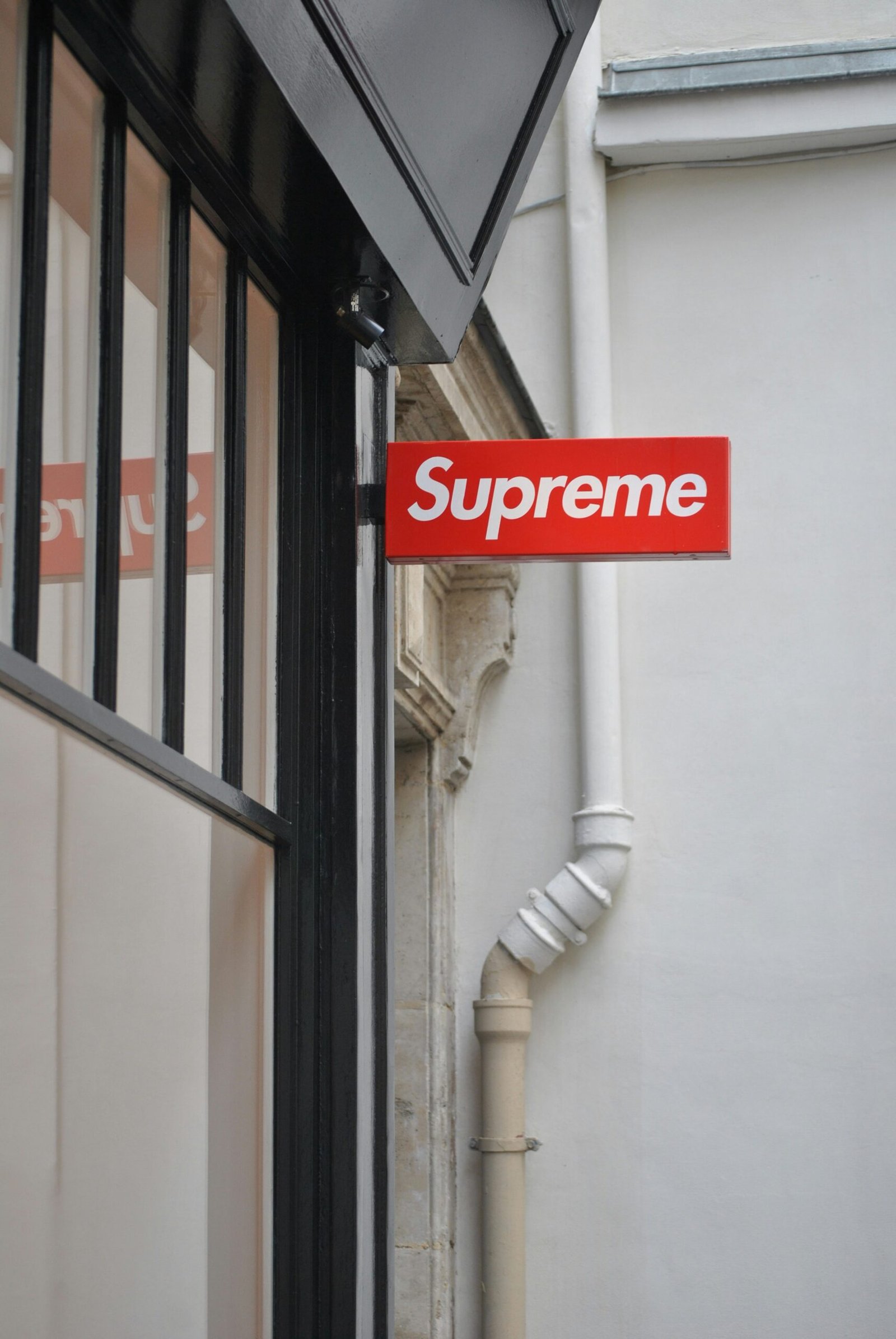Have you ever wondered what truly defines the upper-middle class, particularly when it comes to salary? In today’s world, where economic statuses are often discussed and compared, understanding what categorizes the upper-middle class can provide a clearer picture of financial landscapes. This exploration delves into the salary thresholds that often distinguish this group, providing you with insightful information and perhaps even a new perspective on where you might stand.
This image is property of images.unsplash.com.
Understanding the Upper-Middle Class
The concept of the upper-middle class can be somewhat nebulous, as different sources and experts may offer varying definitions. However, at its core, the upper-middle class is a socioeconomic group positioned between the middle class and the affluent elite. Its members often have substantial education, hold professional jobs, and earn incomes that allow for a comfortable lifestyle without the extravagances of the wealthiest.
Characteristics of the Upper-Middle Class
So, what are the defining characteristics of this intriguing group? Typically, the upper-middle class is associated with high levels of education and professional success. This class often consists of individuals such as doctors, lawyers, engineers, professors, and senior managers. The upper-middle class generally has access to quality healthcare, education for their children, home ownership, and the ability to save for retirement.
Why It Matters
Understanding the parameters of the upper-middle class is important for several reasons. For policymakers, defining socioeconomic groups helps in crafting targeted policies. For individuals, it offers a benchmark to assess their own financial trajectory and aspirations. Moreover, comprehending these distinctions aids in fostering a broader understanding of economic equality or disparity within society.
Salary Thresholds: A Crucial Component
One of the most concrete ways to define the upper-middle class is through salary thresholds. These thresholds can vary based on geographic location, family size, and other factors, which makes them somewhat fluid but nonetheless essential.
Geographic Variations
Income levels that define the upper-middle class can vary significantly depending on where you live. In metropolitan areas where the cost of living is high, such as New York City or San Francisco, the salary required to be considered upper-middle class may be much higher compared to more rural or less expensive areas.
Family Size and Expenses
Family size is another factor that can affect where you fall on the socioeconomic scale. A dual-income household with no children will have different financial responsibilities than a family with three kids, and incomes that might be considered comfortably middle class for one might be stretched thin for another.
National Averages
Despite these variations, some national averages can provide a general idea. According to various economic studies, the upper-middle class is often marked by a household income ranging from approximately $100,000 to $200,000 in the United States. This is far from an absolute range, but it offers a starting point for understanding these thresholds.
| Location | Lower End of Range | Upper End of Range |
|---|---|---|
| Small Towns | $80,000 | $150,000 |
| Suburban Areas | $100,000 | $180,000 |
| Major Cities | $120,000 | $200,000+ |

This image is property of pixabay.com.
Factors Influencing Salary Requirements
Several elements can influence how much income is necessary to maintain an upper-middle-class lifestyle, including location, cost of living, and lifestyle choices.
Cost of Living
The cost of living plays a significant role in determining the effectiveness of an income. In areas where housing, healthcare, and basic living expenses are higher, a larger salary doesn’t necessarily translate to a better lifestyle. Thus, in cities with a high cost of living, being upper-middle class requires a higher income compared to other regions.
Professional Sector
The industry in which you work can also impact your classification. Tech and finance professionals often command higher salaries compared to those in education or the arts, impacting what is considered upper-middle class within these sectors.
Educational Attainment
Education is often linked to income potential. Those with advanced degrees typically have the opportunity to earn more, which can position them within or beyond the upper-middle-class range. This educational attainment also correlates with job security and professional advancement, further cementing this class distinction.
The Role of Wealth Beyond Income
Salary is not the only factor to consider when defining the upper-middle class, as wealth accumulation plays a pivotal role too. Wealth provides security beyond monthly paychecks and includes assets like property, investments, and savings.
Asset Ownership
Owning property is often a significant wealth indicator for the upper-middle class. Real estate counts as an asset that can increase in value over time, contributing to a more secure financial position.
Investments and Savings
Many in the upper-middle class invest in the stock market or other financial vehicles, contributing to long-term wealth growth. Additionally, having robust retirement savings accounts is common among this group, providing a buffer against financial instability.
Debt Management
Contrary to accumulating wealth, carrying excessive debt can impact one’s socioeconomic classification. The ability to manage debts such as mortgages, student loans, and credit card balances is crucial for maintaining an upper-middle-class status.

This image is property of images.unsplash.com.
Social and Cultural Implications
Belonging to the upper-middle class can have specific social and cultural implications. It impacts access to resources, educational opportunities, and social capital, influencing one’s lifestyle and the community dynamics.
Educational Access
Typically, the upper-middle class can afford better educational opportunities, including private schooling for children and access to higher education. This access perpetuates a cycle of opportunity, enhancing future socioeconomic status for offspring.
Community and Social Networks
Social networks within the upper-middle class can provide valuable resources and opportunities for career advancement and personal growth. These networks can sometimes blur class lines, providing access to circles otherwise unavailable.
Lifestyle Choices
Lifestyle choices, influenced by disposable income, further define this class. Vacations, dining, cultural events, and other leisure activities are typically more accessible, enriching life experiences.
Challenges Facing the Upper-Middle Class
Despite the perceived stability, the upper-middle class can face unique challenges, particularly in times of economic downturn or shifts in professional industries.
Economic Vulnerability
While generally more financially secure, the upper-middle class is not immune to economic shocks. Recessions or industry shifts can significantly impact job stability and, subsequently, income levels.
The Shrinking Middle Class
There is a growing concern about the shrinking of the middle class, which affects the upper-middle class as well. Economic policies, automation, and global competition contribute to the displacement and downward mobility risks for this class sector.
Maintaining Lifestyle Standards
As costs rise and economic conditions fluctuate, maintaining the lifestyle that categorizes upper-middle-class standing can be difficult. This is particularly relevant in inflated housing markets or during healthcare cost hikes.

This image is property of pixabay.com.
Future of the Upper-Middle Class
Predictions about the future of the upper-middle class involve various economic and social factors. Understanding these can provide insights into potential shifts in class dynamics.
Technological Advancements
Tech advancements bring opportunities but also disrupt certain professional fields. Keeping pace with changes and reskilling can be crucial for maintaining an upper-middle-class status.
Economic Policies
Government policies on taxation, education, and healthcare can significantly impact the upper-middle class. Advocacy and public policy engagement are ways this class influences legislation that ultimately affects its economic standing.
Global Influences
Global economic conditions, including international trade policies and global market dynamics, have a direct influence on domestic job markets and economic health, affecting the upper-middle class’s future.
Conclusion
Defining what constitutes the upper-middle class, particularly through the lens of salary thresholds, offers a nuanced understanding of socioeconomic dynamics. While salary provides a concrete measure, it’s essential to consider factors such as wealth, lifestyle, and social networks that contribute to this classification. As you evaluate this information, it may provide insights into your own position or aspirations within this economic sector. Class definitions are ever-evolving, influenced by a myriad of factors ranging from individual choices to broader socio-economic policies.

This image is property of pixabay.com.





